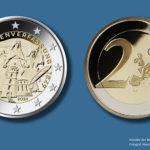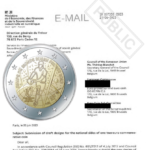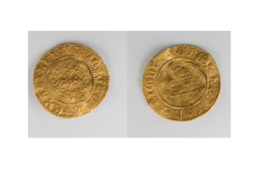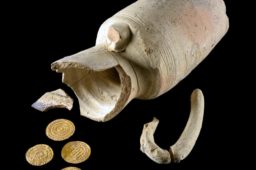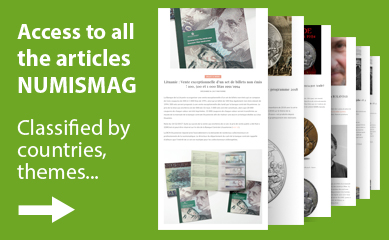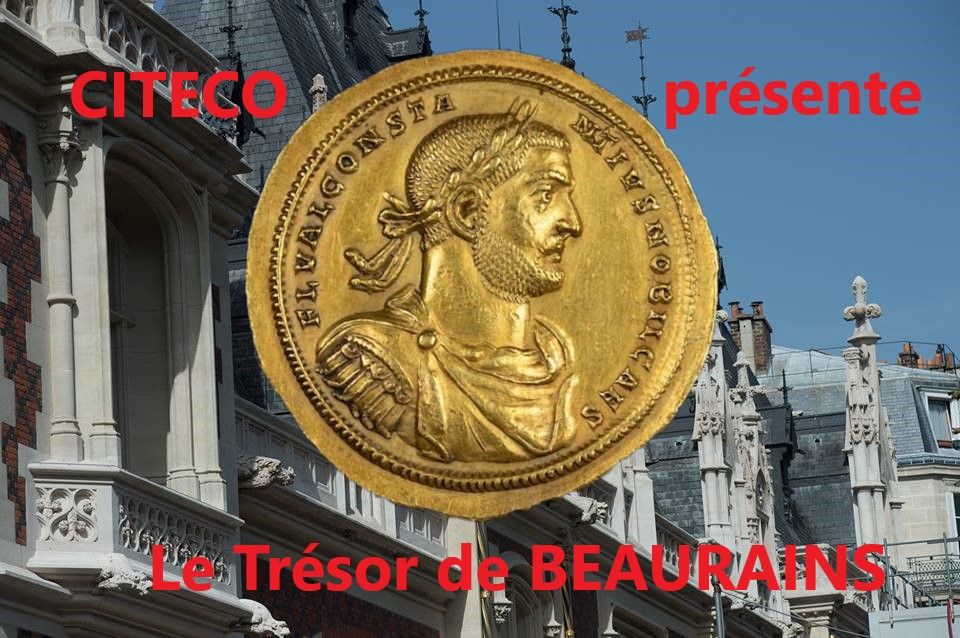
BEAURAINS roman hoard unveiled at CITECO MUSEUM in PARIS
- September 16, 2022
- by
- Pierre

The Beaurains hoard is an exceptional collection of coins, jewelry and silverware discovered by chance in 1922 by Belgian workers. An exceptional exhibition is organized at the CITECO Museum in the vault of the museum.
The ensemble, classified as a National Treasure, is a unique opportunity to discover the ceremonial jewels and coins of a vanished era whose witnesses have been mostly recast, thus constituting the least known element of Roman numismatics and imperial largesse today.
Contained in two containers, one in terracotta, the second in silver, the Beaurains treasure originally gathered about a hundred gold coins (aurei) and silver coins (denarii) of the High-Empire, about thirty gold multiples and more than 400 gold coins (aurei and solidi) from the Late Period, about ten argentei and about sixty silver quinaires from the Late Period, gold jewelry (necklaces, bracelets, rings, earrings … ), a silver candlestick, a silver spoon, etc. The treasure was built up during a troubled period in which the very existence of the Roman Empire was being challenged by barbarian invasions. In response, Rome set up a form of government shared between two Emperors and two Caesars, subordinates of the former. These four dignitaries were referred to as Tetrarchs. This system was put in place by the Emperor Diocletian.
According to the indications provided by the pieces and objects constituting the Treasury, it could have been constituted by one or even two generations of civil or military collaborators of a tetrarch. It is notably made up of gold medallions, given to high-ranking dignitaries as a reward for services rendered. These medals were given in Rome and Trier.
The presence of a portrait of Constantius Chlorus (Constantius “the pale”) may suggest that this dignitary was related to this particular tetrarch. Indeed, the latter was famous for the pacification of the north of Gaul, then the reconquest of Britannia (Great Britain). The burial of the treasure could have taken place during the pacification operations in Gaul against the renegade Franks.

Multiple of 5 aurei bearing the effigy of the Tetrarch of Constantius Chlorus
Trier workshop, 294 AD – (Collection of the Banque de France)
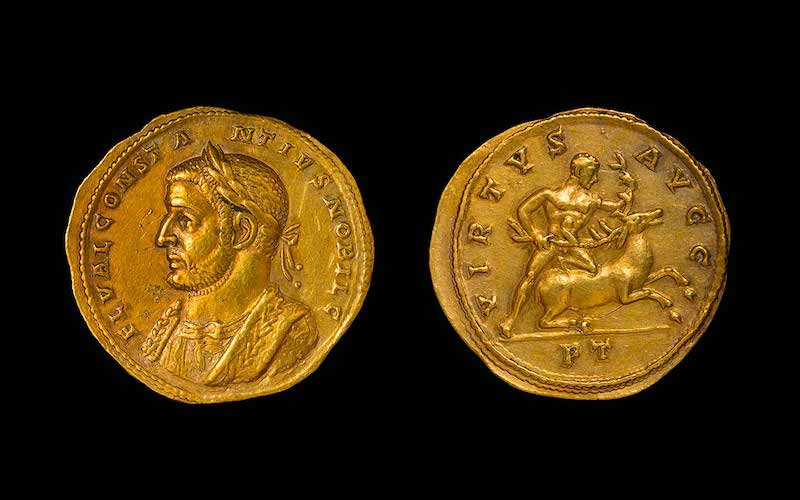
Aureus of Constantius Chlore
(Collection of the museum of Arras)
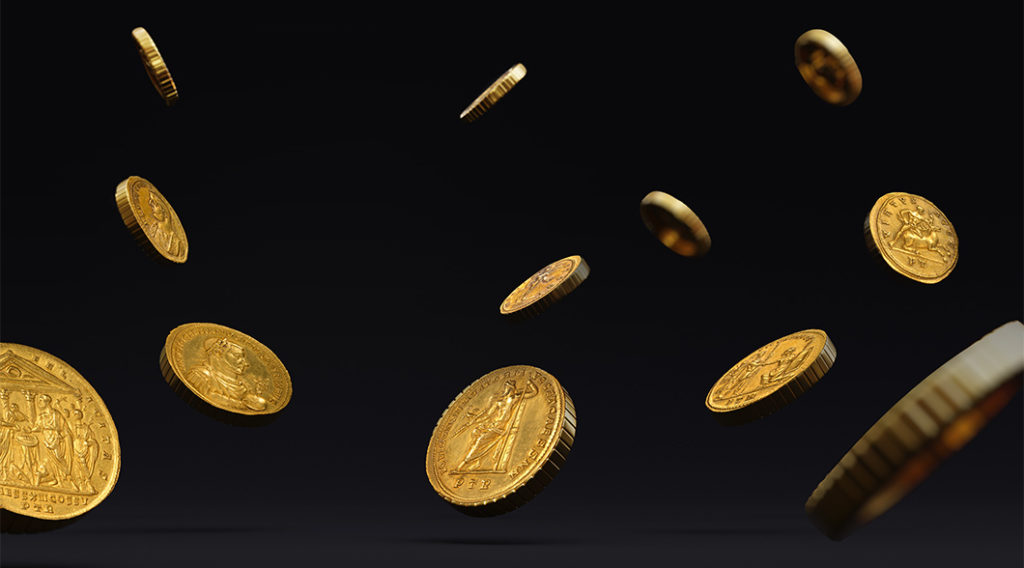
Sources: CITECO and NUMISMAG.




